6 November 1778 Friday
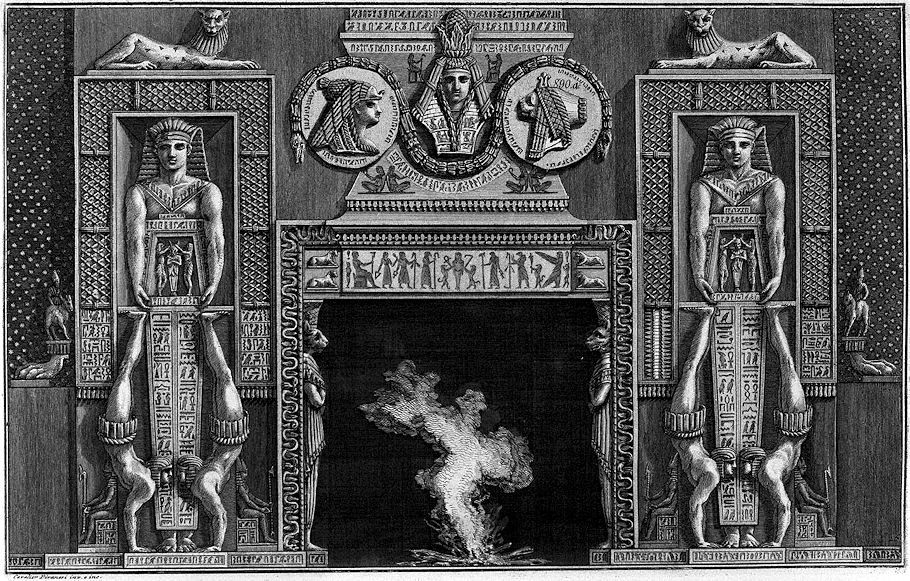
6 November 1812 Friday
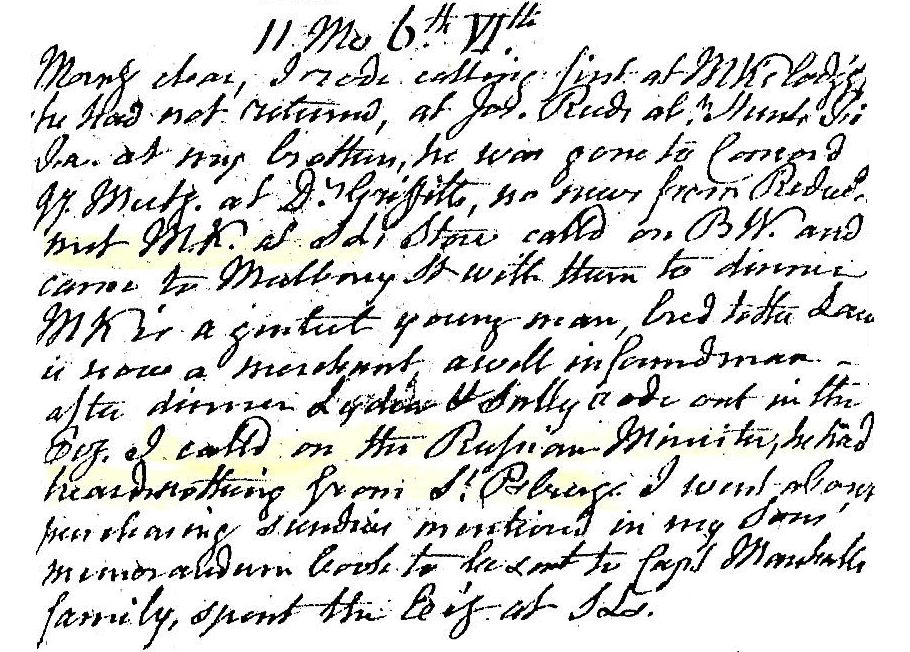
Morning clear. I rode calling first at M.K.'s lodgings; he had not returned. At Jos. Reed's about noon. ...... ... ... at my brothers, he was gone to Concord ... meeting at Dr. Griffiths, no news from Redwood. Met M.K. at S.L.ís store; called on B. Warner and came to Mulberry street with them to dinner. M.K. is a ....... young man, bred to the law, now a merchant, a well informed man. After dinner Lydia and Sally rode out in the evening. I called on the Russian Minister; he had heard nothing from St. Petersburg. I went alone purchasing sundries mentioned in my sons memorandum book to be sent to Capt. Marshall's family. Spent the evening at SL's.
6 November 2005
Re: Ancient Christian church found at Megiddo
the news report said:
"Joe Zias, an anthropologist and a former curator with the Israeli Antiquities Authorities, said the discovery was significant but unlikely to be the world's oldest church. He said Christianity was outlawed until the time of Emperor Constantine in the fourth century, and there were no churches before then."
I ask:
What about the Christian church across the street from the palace (of Diocletian) in Nicomedia which predates the reign of Constantine? Or what about the church at Tyre that was re-dedicated in 315(?), which clearly indicates that a church existed at Tyre before its destruction during the Great Persecution?
6 November 2011
Quondam's Fifteenth Anniversary
2004.03.26 16:57
Imagine how different ancient architectural history would be if there were existing records of all the 'Pagan' temples destroyed in the name of Christianity. For example, where exactly in Greece did the spiral columns within the original St. Peter's Basilica (later reenacted via the baldachin by Bernini) come from? It was Eutropia that first told Helena about these columns and their original locations.
Or what would architectural history be like if all the buildings that were ever erected on this planet were a matter of record?
Again, so much for (the rise in) metabolic thinking.
2005.08.16 11:09
I spent the summer of 1978 in Perry, Missouri (population 839) as a Historic American Building Survey (H.A.B.S.) student team member. Our team was surveying and documenting two small towns and a variety of domestic buildings that were to be demolished after our survey because the land was soon going to be under water once the Salt River Dam was complete. One of the buildings I surveyed along with Barbara Hendricks (a architecture student from Texas) was so remote that Barbara and I were dropped off in the morning and not picked up again until 4 o'clock in the afternoon. The house was named for Samuel Bell, and it was a simple 2 story farm house with a front porch, central hall, and a gable roof running from side to side. I soon discovered that we could easily get on the roof by going out one of the second story windows and onto the lower roof of the one story addition to the back of the house. I suggested we eat our lunch up on the ridge of the roof.
From the ridge of the roof a portion of the Salt River valley lay before us. The view was indeed beautiful, especially its rawness, and it was weird to think that this was all going to be under water in the near future. As a born and raised northeastern urbanite, all of rural Missouri offered me a plethora of new sensory impressions, and at this spot I found myself wondering what the "Indians" may have once thought of this place. Again, I was struck by the natural raw beauty of it all, and I said to Barbara, "I think this place is sacred." Barbara quickly retorted, "there are a lot of other places I'd call sacred before this."
About a month later, toward the end of the summer when most of the team was in the office drafting, our team historian, Travis McDonald (who is today the resident architectural historian of Thomas Jefferson's Poplar Forest), came into the office with exciting news -- demolition of the Samuel Bell house was put to a halt and the archeologists, who were also working in the region that summer, were to set up a dig there because it was discovered that the Samuel Bell house was built upon an Indian burial site. I immediately turned to Barbara and said, "I told you that place was sacred!"
In all honesty, I didn't experience any special "feelings" while I was at the Bell House. It just happened that the notion of sacredness entered my mind as I was giving a little thought to what I saw.
2005.10.14 13:57
Is changing history the same as making history? I'd say the work of VSBA made history by their introduction of directions of architecture theory and practice other than the (then) status quo. Changing history is different and occurs in at least two different ways. History is changed when events are recorded and taught as history but are not really reflective of what actually happened, like the 'perversion' that Venturi feels happened to his theory, and inversely, history is changed when a discovery occurs that invalidates established certainties, like the discovery of there actually being two renditions of Piranesi's Ichnographia Campus Martius.
Quondam's Fifteenth Anniversary
2004.08.19 14:43
After 1611 years Olympic Games return to Olympia [2004.08.18], on the feast of St. Helena, with the first female athletes to perform there ever.
"Otto (who is now married to the quondam daughter-in-law of Theodosius, the emperor who closed the Olympic Games in 393), notice how the bodies of the shot putters twist like a fanciful column just before they execute their throw."
"You're not telling me that that's..."
"Well, we did own the House of Nero there, and the columns are gorgeous, and Eutropia thought it would be wonderful for columns from Nero's Olympia House to then move to Nero's Garden in Rome."
"What's that Piranesi?"
"If you look closely at the Ichnographia Campus Martius, you'll see that I hinted as much."
"Oh, Giovanni Battista, you're such a precursor."
Meanwhile, Leni and at least all eight centuries of von Ows have headed for Greece to begin filling the empty seats.
6 November 2014
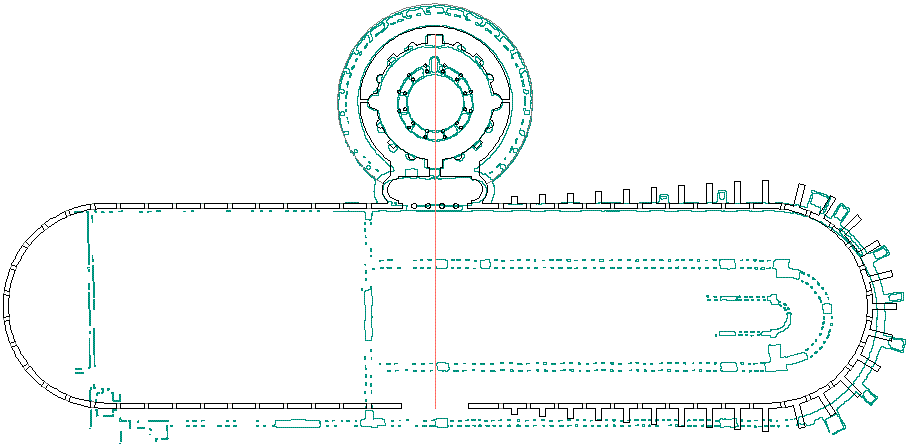
Mausoleum of Constantina plan work scan plan
6 November 2016
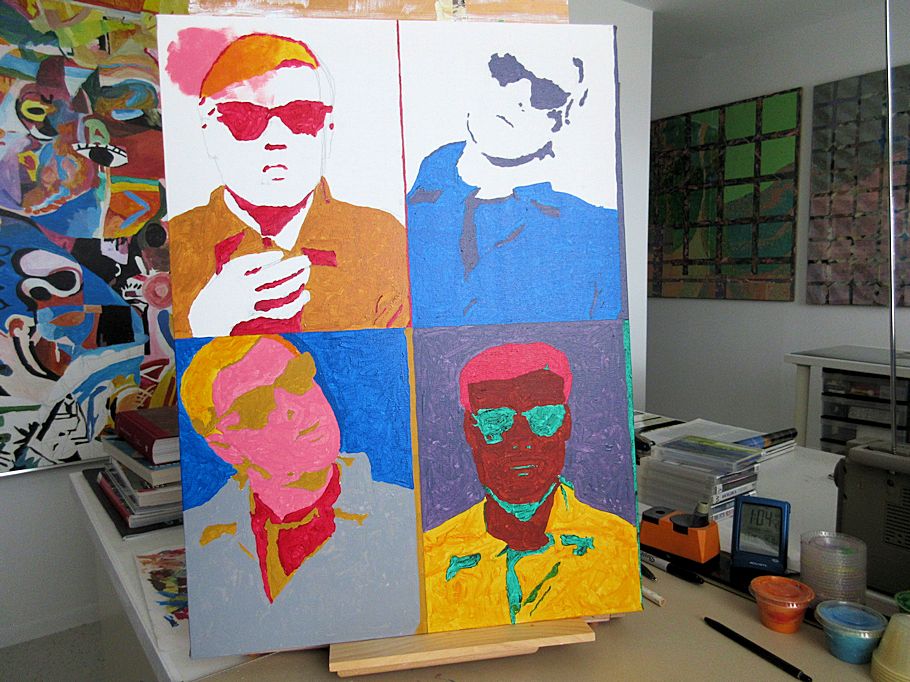 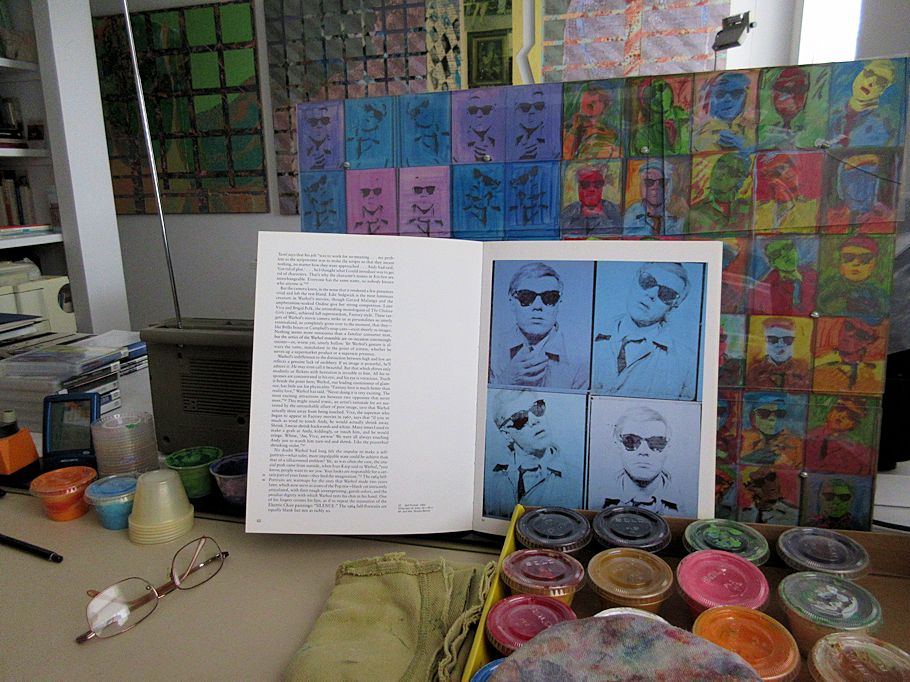
6 November 2022 Sunday
I thought a lot about painting (something) again, but it didn't happen. The creative time may soon be more flexible. 9 November 1778/9 November 1777 Francesco dates further work on Ancient Circuses one more full calendar year a list of what I want to see if I ever return to Rome (end of next summer) the Eutropia and Helena saga the Francesco saga a personal saga? an email to O. regarding the teaching of a new theory of architecture and history
|